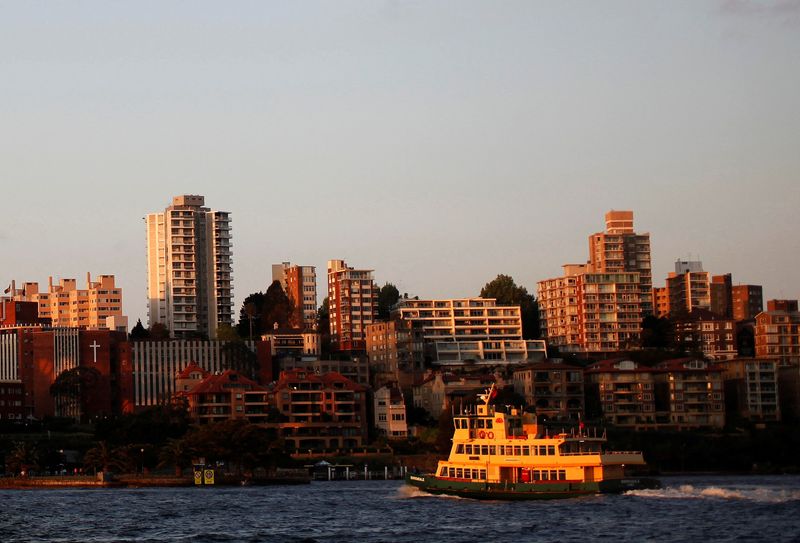Aussie consumers put essentials first as cost pressures persist
2024.09.04 02:56
(Reuters) – Australian households prioritised spending on essential services such as healthcare in July, choosing to save extra cash from recent tax cuts as they grappled with stubborn inflation and high mortgage rates.
Data released by the Australian Bureau of Statistics on Wednesday showed overall household spending on a seasonally adjusted basis rose 0.8% in July, though that only just recovered from a 0.5% drop in June.
Spending on non-discretionary goods and services grew 1.4%, the fastest monthly growth since September last year, with healthcare spending jumping 6.8%.
Australians also spent more on miscellaneous goods and services such as vehicle repair or maintenance in July.
“Non-discretionary spending grew faster than discretionary spending, as households continued to face cost-of-living pressures,” said Robert Ewing, ABS head of business statistics.
Annual growth in total spending has halved since February to stand at 2.9% in July. Households started to benefit from billions of dollars in tax cuts and electricity rebates in July, but looked to have saved most of that as deposits surged in the month.
Household deposits swelled by 2.1% in July, or A$31 billion ($20.78 billion), the fastest monthly growth in three years, showed data from the Reserve Bank of Australia (RBA).
Other government data out on Wednesday showed household spending fell 0.2% during the April-June quarter, dragging the economy to its slowest growth since the early 1990s, barring distortion from the pandemic.
“Spending on many discretionary categories fell in the quarter,” said Gareth Aird, head of Australian economics at CBA, noting that even food spending fell 1% in the quarter.

“Households are not eating less, but they are trading down on the type of food they are buying,” he added. “This is a clear sign of cost of living pressures biting.”
($1 = 1.4919 Australian dollars)








